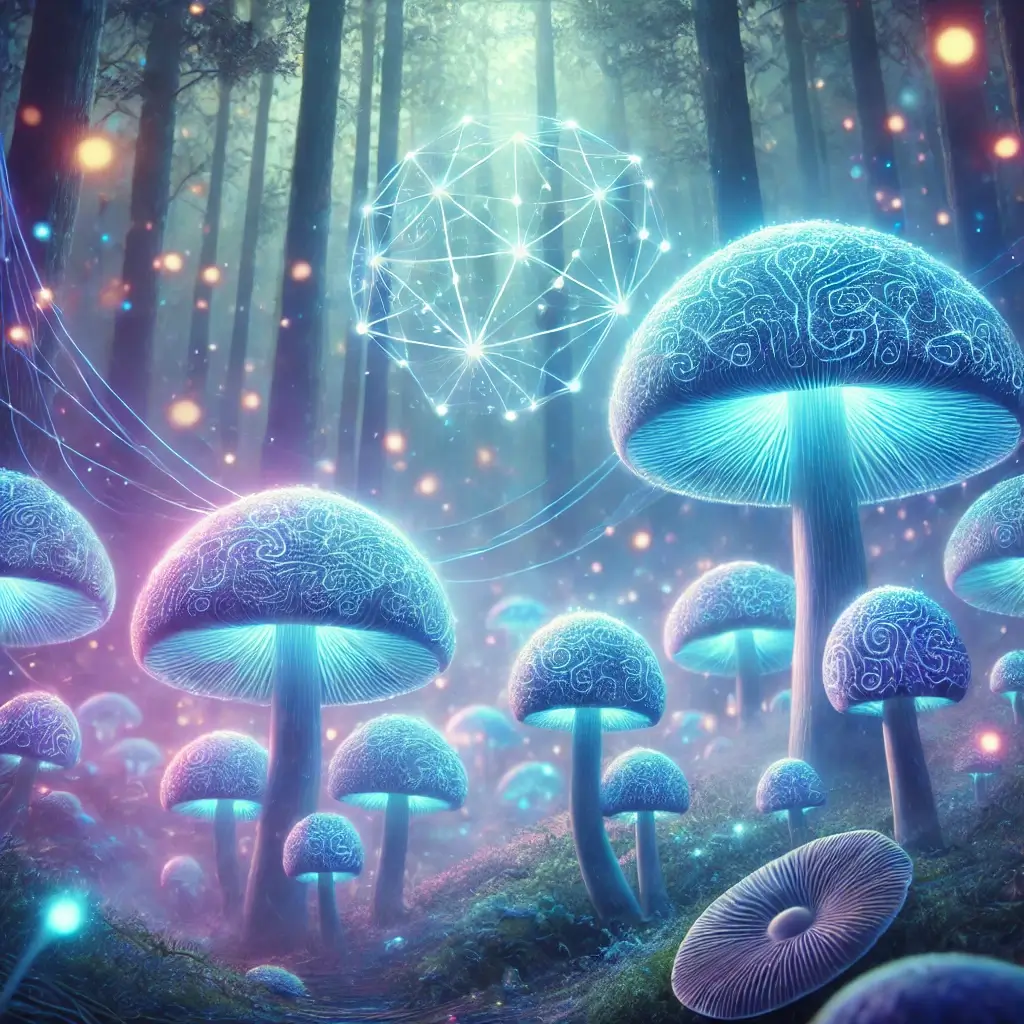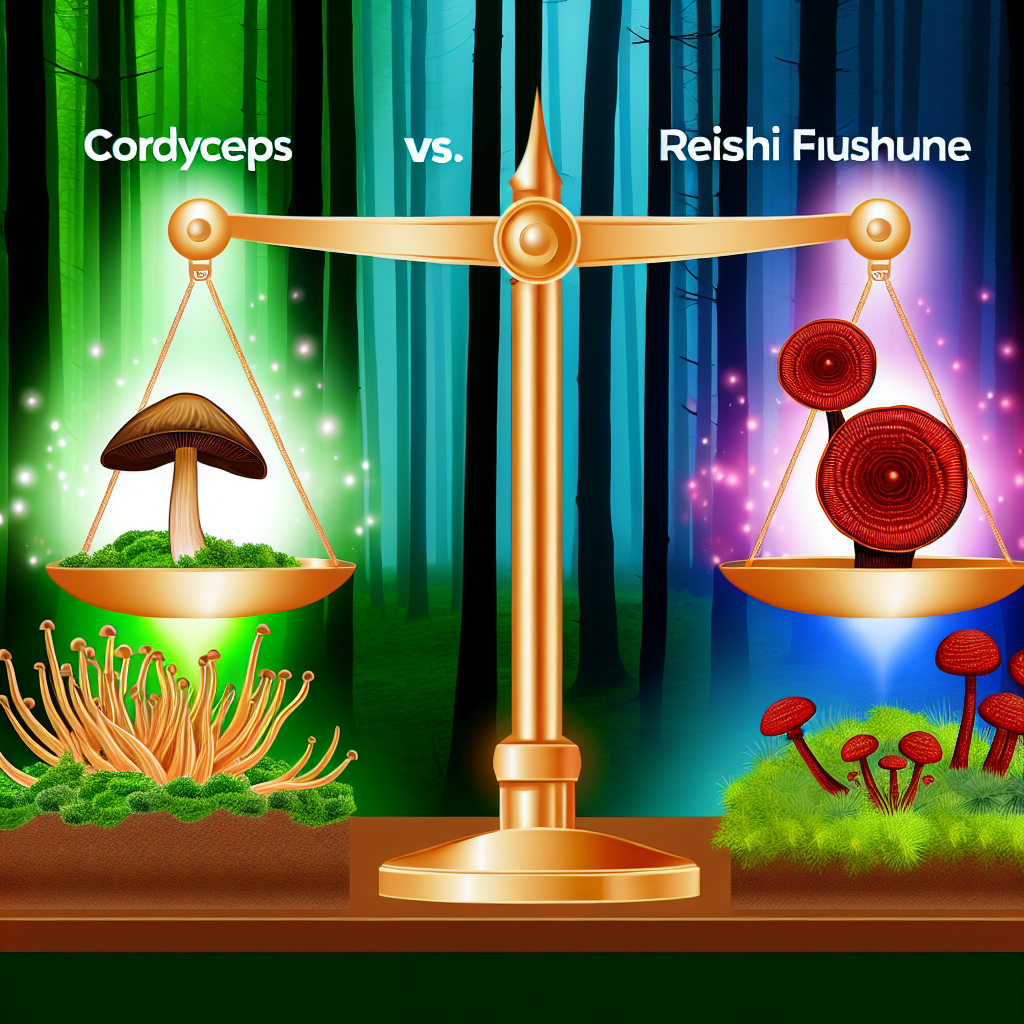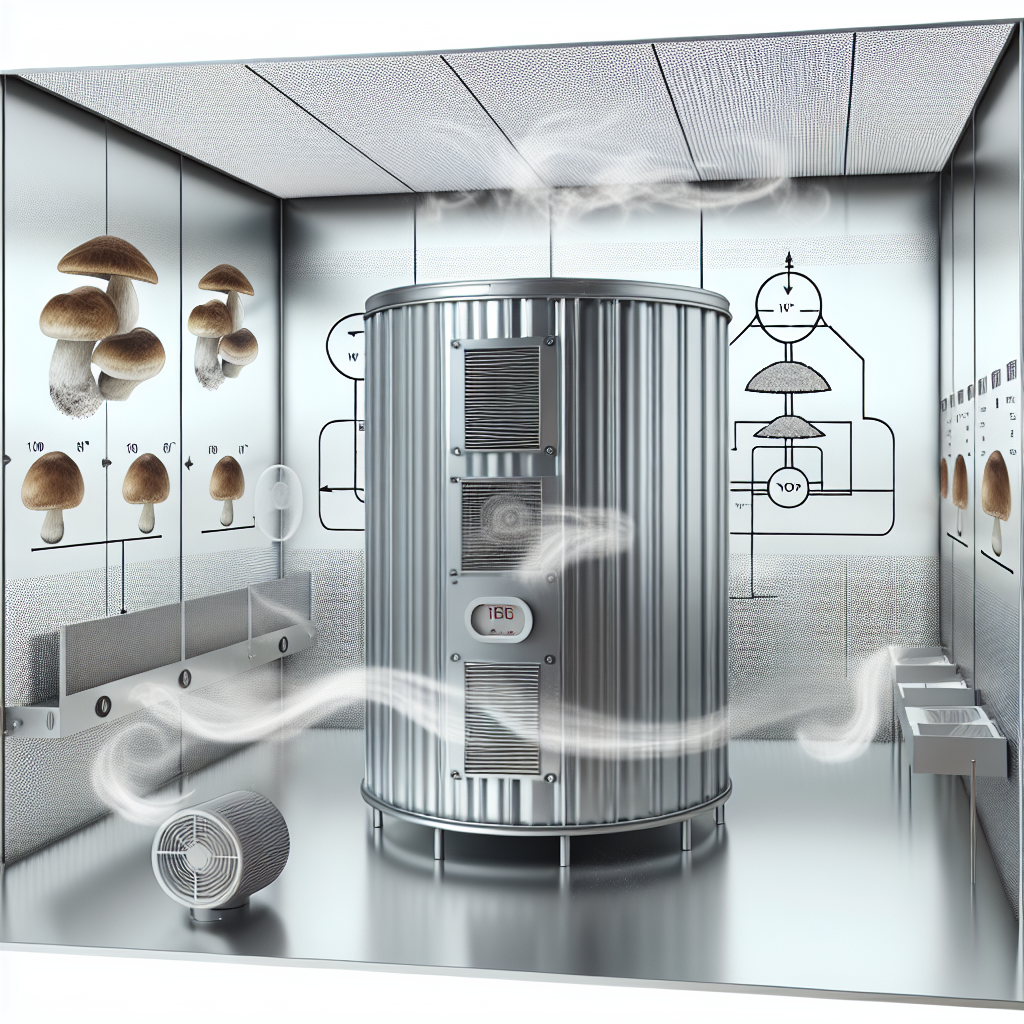Introduction to Psychedelic Mushrooms
Psychedelic mushrooms, often referred to as “magic mushrooms,” have intrigued humanity for centuries, celebrated for their unique psychoactive properties. These fungi owe their mind-altering effects to compounds such as psilocybin and psilocin, whose discovery has catalyzed modern research into their therapeutic applications and neurochemical mechanisms. As society revisits their historical and cultural significance, these substances have become a focal point of groundbreaking research in mental health therapy and neuroscience.
Advancements in Analytical Chemistry
The growing interest in psychedelic mushrooms coincides with advancements in analytical chemistry, which allow for precise identification and quantification of active compounds. These innovations provide unparalleled insights into how these substances interact with the human brain. From ancient rituals to contemporary clinical trials, the journey of psilocybin and its counterparts illuminates their transformative potential. This article explores the biochemistry, mechanisms, and emerging research surrounding these fascinating fungi, emphasizing their role in science and medicine.
Chemical Composition and Mechanisms
Psychedelic mushrooms primarily contain psilocybin (4-PO-DMT) and psilocin (4-HO-DMT), both derived from tryptamine. Psilocybin, a more stable compound, converts to psilocin upon ingestion, which directly interacts with serotonin (5-HT2A) receptors in the brain. This interaction induces enhanced neural connectivity, synaptic plasticity, and altered states of consciousness (Johnson et al., 2023).
Secondary Compounds and Neural Effects
Secondary compounds like baeocystin and norbaeocystin, though less studied, may contribute synergistically to these effects. These substances influence the brain’s default mode network (DMN), a system responsible for self-referential thoughts and introspection. Disrupting DMN activity can lead to profound experiences of ego dissolution, often reported during psychedelic journeys (Thompson et al., 2023). Furthermore, increased expression of brain-derived neurotrophic factor (BDNF) suggests potential neuroregenerative benefits, making these substances valuable in treating conditions such as depression and PTSD (Martinez et al., 2023).
Action Mechanisms and Brain Connectivity
Psilocybin’s mechanism of action also includes modulation of the dopamine system and regulation of glutamate release. These interactions explain its capacity to influence mood, perception, and cognition, laying the groundwork for its use in psychotherapy. Advanced imaging studies show increased connectivity between disparate brain regions during psilocybin experiences, providing a biological basis for its therapeutic potential.
Recent Neural Plasticity Research
In 2023, a pivotal study published in Nature Neuroscience highlighted the role of psilocybin in enhancing neural plasticity, demonstrating measurable changes in brain connectivity patterns after administration (Thompson et al., 2023). Participants in this study reported improved emotional resilience and cognitive flexibility, with these effects persisting weeks after a single dose. This finding underscores the compound’s potential for long-term therapeutic benefits.
Novel Tryptamine Discoveries
Another investigation by Zhang et al. (2023) utilized advanced mass spectrometry to uncover novel tryptamine derivatives in lesser-known mushroom species, suggesting an untapped reservoir of psychoactive compounds. These discoveries not only expand the known chemical diversity of psychedelic fungi but also open avenues for developing new therapeutic agents.
Clinical Trials and Therapeutic Applications
Clinical trials further highlight the therapeutic promise of psilocybin. A recent phase II study revealed significant reductions in treatment-resistant depression symptoms after a single guided session. The importance of “set and setting” — the psychological and environmental context of psilocybin administration — was emphasized, as these factors significantly influence outcomes. Additional trials are exploring its efficacy in addressing anxiety disorders, addiction, and end-of-life distress, indicating a broad spectrum of applications.
Legal Frameworks and Research Expansion
Emerging legal frameworks also play a crucial role in advancing psilocybin research. For instance, Oregon’s legalization of psilocybin services for therapeutic purposes marks a historic shift in public policy, paving the way for regulated use and research expansion. These developments reflect a growing recognition of the compound’s potential and the need for evidence-based regulation.
Conclusion and Future Perspectives
The exploration of psychedelic substances in mushrooms is unlocking new frontiers in neuroscience and mental health. By bridging ancient knowledge with modern science, researchers continue to uncover the profound effects of these compounds. Psilocybin’s ability to enhance neural plasticity, disrupt maladaptive thought patterns, and foster emotional resilience holds immense promise for revolutionizing mental health care. As our understanding grows, the potential for innovative treatments becomes increasingly tangible, marking a transformative chapter in medicine and human cognition.
References
Johnson, M. et al. (2023). “Chemical Analysis of Psilocybin-Containing Mushrooms.” Journal of Natural Products, 86(3), 567-582.
Martinez, D. et al. (2023). “Receptor Binding Profiles of Psychedelic Tryptamines.” Neuropharmacology, 215, 109-124.
Zhang, Y. et al. (2023). “Novel Analytical Methods for Psychedelic Compound Detection.” Analytical Chemistry, 95(8), 3456-3470.
Thompson, R. et al. (2023). “Mechanisms of Action in Psychedelic Compounds.” Nature Neuroscience, 26(4), 789-803.





